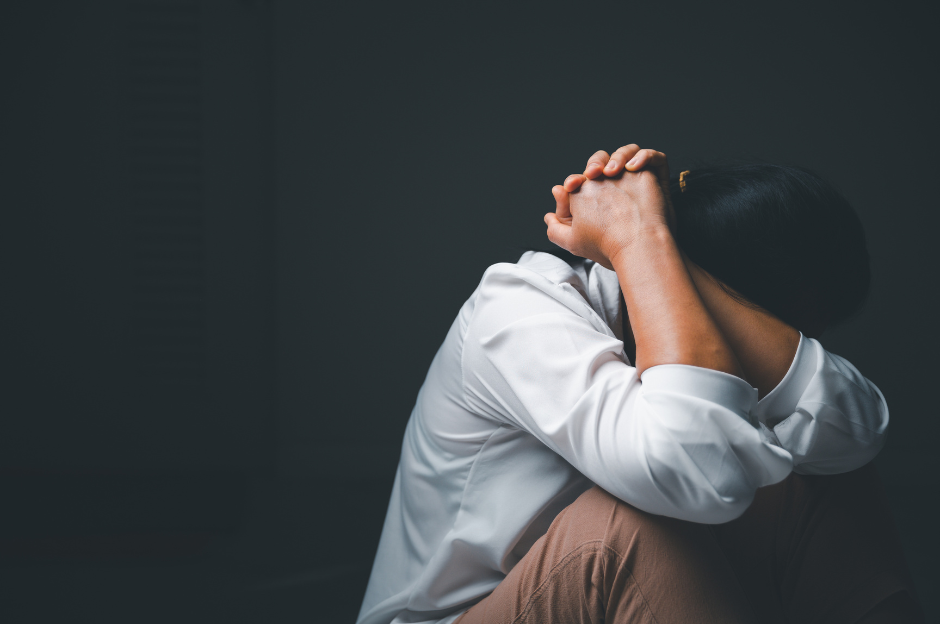Sex trafficking refers to the practice of illegally transporting people for sexual exploitation. Usually, it is induced by fraud, force, or coercion, and most victims of sex trafficking are under 18. Monetary benefits are the most common purpose behind this crime.
“Human trafficking accounts for an annual global profit of $150 billion for the traffickers,”- as reported by the Director of the DHS Center for Countering Human Trafficking.
It is also known as modern slavery and can affect people irrespective of their age, color, sexual orientation, gender, or race. Let’s discuss different means to identify and prevent sex trafficking, followed by some tips to help the victims.
Identification
The first step in identifying, assisting, and helping survivors of sexual slavery is recognizing symptoms or indicators so that they can reclaim their lives and become self-sufficient.
Here are several indicators that someone is being trafficked, such as
- Disengagement from their surroundings
- Dependency on drugs or alcohol
- Excessively guarding their phone
- Severe responses to persons or situations,
- Unhealthy bond with the alleged abuser
- Abrupt change in behavior
- Withdrawal from old friends
(We must observe, identify, and then promptly report such cases to local crime-dealing authorities.)
On the other hand, sex traffickers come from diverse backgrounds; they can be foreign nationals, U.S. citizens, family members, or strangers, working alone or as part of organized crime. They vary in gender and occupation, including pimps, gang members, diplomats, labor brokers, and business owners.
Preventive measures
Practical strategies, such as the following, can help prevent sex trafficking effectively.
- Establish secure living environments
- Identify and address vulnerabilities during healthcare interactions
- Decrease the demand for commercial sex
- Disrupt profits linked to trafficking
- Engaging in self-education
Taking the initiative to learn about the complexities, signs, and impacts of issues like sex trafficking through organizational approaches (like the Unified Caring Association), documentaries, and educational materials empowers individuals to understand the problem comprehensively.
Help the victims
We can help the victims by exchanging kind words with them, helping them financially, and giving charity to organizations that support them financially and morally.
We can also advocate and spread awareness by sharing acquired knowledge with others through discussions, social media, community events, or volunteering for organizations working against sex trafficking, such as the Unified Care Association (UCA), which helps raise awareness, encourages dialogue, and mobilizes collective action to combat this pervasive issue.
We should also motivate them to move further in life and care for them, physically and mentally. The UCA’s “Because We Care” packages aid the victims, especially rescued children
Take home
Combating sex trafficking demands a vigilant society adept at recognizing signs and implementing preventive measures. Identifying indicators and disrupting traffickers’ profits are crucial steps while fostering secure environments and reducing demand are effective prevention strategies. Supporting victims through financial assistance, advocacy, and mental well-being initiatives contributes to their recovery. Lastly, we can collectively empower the rescued victims of sex trafficking by engaging in education and awareness campaigns and supporting organizations like the Unified Caring Association.

